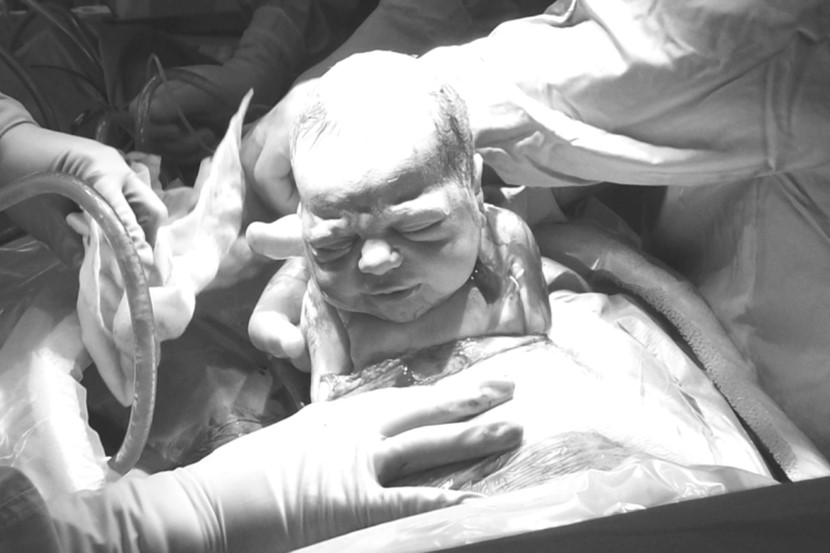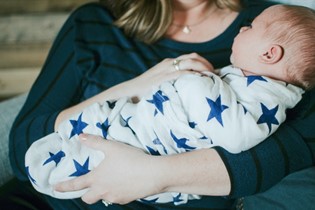The ins and outs of C-section deliveries in NZ

Birth is a big topic and Caesarean sections are an important part of the conversation. Dr Michelle Wise explains the ins and outs of C-section deliveries in New Zealand.
In 2012, 25% of all women giving birth in New Zealand had a Caesarean section. A C-section is a surgical operation in which an obstetrician makes an opening in the mother’s abdomen and womb and removes the baby through it. A C-section delivery may be planned in advance or it may be performed as an emergency at short notice.
By comparison, in 2011 (the most recent international data available), the rate of C-section births in the United States was 33%; in Australia it was 32%; in Canada 28%; and in the United Kingdom 22%. New Zealand’s current rate of 25% shows a slight increase from 23% in 2003. In general, developed countries have seen a significant rise in C-section rates over the last decade. Some of this trend can be attributed to the changing demographics of birthing mothers, for example, increasing age and also weight of mothers at time of birth – increased age and weight both being independent factors associated with C-sections. On the other hand, the trend can also be attributed to obstetricians (who ultimately advise and decide about the safest method of birth) and the hospitals in which they work. There is a noticeable difference in rates of childbirth interventions between public and private doctors, both in New Zealand and Australia. Finally, there seems to be a cultural shift towards acceptance and request for medicalised birth, and a fear of natural labour and birth. More research is required to explore these themes.
Plan C
About half of all C-sections are planned or elective surgical procedures, and half are unplanned or emergency. The most common reasons for an emergency procedure are labour progressing more slowly than expected, baby not tolerating labour well, and inability to induce labour when early birth of the baby is medically necessary. The most common reason for a planned C-section is having had a previous C-section. Other less common reasons include the baby not presenting head down, and the mother having a medical or foetal condition that precludes labour. Some women choose to deliver their baby by C-section in the absence of any medical reason (about 3% of all women giving birth at National Women’s in Auckland). This can be performed in the public system in NZ, but it depends on local policies and procedures.
The Royal Australian and New Zealand College of Obstetricians and Gynaecologists (RANZCOG) has a formal policy on timing of planned C-section delivery at term. They state that, unless there is a medical reason to deliver the baby early, a planned C-section should be booked at 39 weeks’ gestation or later, in order to improve the chances of better outcomes for babies. For example, in one study the chance of baby being admitted to the newborn unit after an elective C-section was 13% at 37 weeks, compared to 6% at 39 weeks. The chance of respiratory problems was 8% compared to 3%. If you are scheduled to have a C-section before 39 weeks, ask your obstetrician to delay it if possible.
Dr Michelle Wise (MD, MSc, FRCSC, FRANZCOG) is an obstetrician and gynaecologist at National Women’s Hospital in Auckland and a senior lecturer in the Department of Obstetrics and Gynaecology, University of Auckland.

AS FEATURED IN ISSUE 36 OF OHbaby! MAGAZINE. CHECK OUT OTHER ARTICLES IN THIS ISSUE BELOW


















